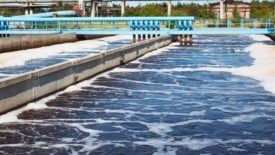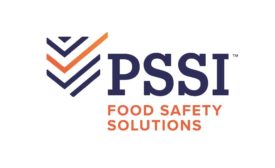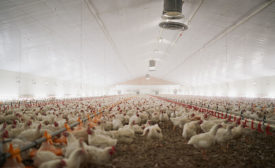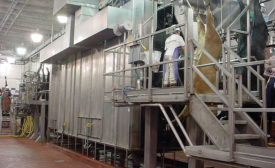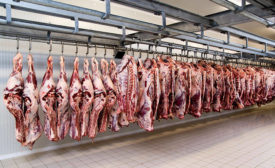Home » water conservation
Articles Tagged with ''water conservation''
The new investments and strategies intend to help farmers and ranchers conserve water, address climate change and build drought resilience in the West.
Read More
Case Study: Kurita’s S.sensing CS technology increases lost product recovery
Beef processing facility utilizes new technology, resulting in an annual savings of $400,000.
Read More
Processing Tech
Resource conservation in meat and poultry plants
Meat and poultry processors can reap a multitude of benefits by leveraging technologies and procedures that curb energy and water use.
Read More
Stay ahead of the curve. Unlock a dose of cutting-edge insights.
Receive our premium content directly to your inbox.
SIGN-UP TODAYCopyright ©2025. All Rights Reserved BNP Media.
Design, CMS, Hosting & Web Development :: ePublishing

